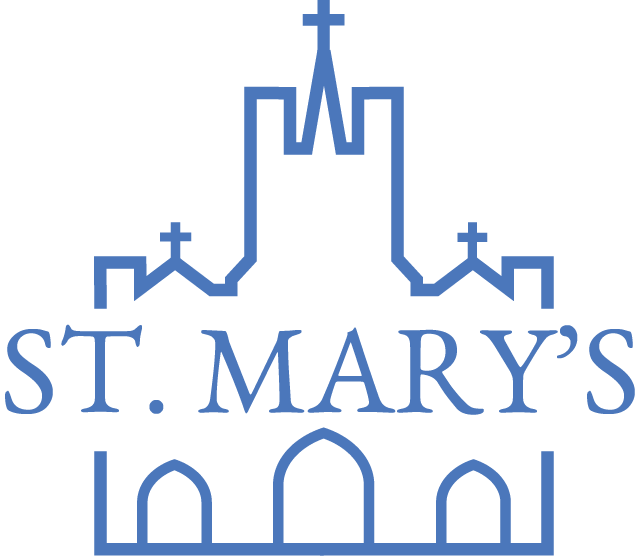24 Jun Corpus Christi
homilycorpuschristi2019
On this feast of Corpus Christi, the Lord feeds us with the bread of his Word and the bread of his Eucharistic Body.
We have set before us on the table of his Word, a three course meal. Four squared if you take into account the mid meal psalm. Or, if you prefer a sandwich type meal, think of the first reading and the gospel as the bread, with the institution narrative in the second reading as the meat of the meal, with the psalm thrown in as a kind of complimentary relish.
What do these readings have to teach us on this feast of the Body and Blood of Christ?
The first reading is focused on the mysterious figure of Melchizedek, a King and Priest of a place called Salem which means peace. Melchizedek is referred to as a ‘Priest of the most High God’. He offers a sacrifice of Bread and Wine and pronounces a prayer of blessing over Abraham, our father in faith. Melchizedek only shows up three times in the Bible. First, here in Genesis, to establish continuity between the covenant of Abraham and God’s universal covenant with the whole of humanity. Secondly, in the words of our Psalm. “You are a Priest forever, according to the order of Melchizedek”. A text meant to establish continuity between the Royal line of David and the pre Jewish Jerusalem royal line represented by Melchizedek. Thirdly, and more elaborately in the book of Hebrews, where the connection between Christ and Melchizedek is fed to us as meat and not milk. But that is an aside.
In short, Melchizedek’s thanks giving offering of the non bloody sacrifice of Bread and Wine, is woven into the story of Jesus and his Eucharistic sacrifice of his body and blood. The CCC (1544) says, “The Christian tradition considers Melchizedek, “priest of God Most High,” as a prefiguration of the priesthood of Christ, the unique “high priest after the order of Melchizedek”;16 “holy, blameless, unstained.” There is also a prayer referencing Melchizedek during the ordination of a Catholic Priest.
As Catholics we may be more familiar with the other place where Melchizedek is mentioned in the tradition. Namely, during the First Eucharistic Prayer. “Be pleased to look upon these offerings with a serene and kindly countenance, and to accept them, as once you were pleased to accept the gifts of your servant Abel the just, the sacrifice of Abraham, our father in faith, and the offering of your high priest Melchizedek, a holy sacrifice, a spotless victim.”
Again, notice the connection between ‘the offering of your high priest Melchizedek’, and the Eucharistic sacrifice of Christ. It’s a way of saying that Jesus is the universal priest, the priest of all creation.
Now for the other slice of bread in our sandwich feast today. The story of the multiplication of the loaves and fishes is the only miracle that shows up in all four gospels. This tells us that it was considered a very important story in the Early Church. First of all it is a story with echos of central narratives from the Old Testament. Moses and the Manna in the Desert, and the prophet Elisha’s feeding of the hundred in the wilderness. Jesus fulfills both the Law and the Prophets, and he does so by feeding us with the Bread of his Body, which in the Early Church was also represented as a fish. So when the Early Christian heard the words, “And taking the five loaves and the two fish, he looked up to heaven, and blessed and broke them, and gave them to the disciples to set before the crowd”; they would have heard not only the story of the Exodus and the manna, not only the story of Elisha feeding the hundred. But also an echo of the Eucharistic words they heard whenever they gathered together to ‘do this in remembrance of me’. Bread in the wilderness, to sustain them and us on our desert journey. A Feast with lots left over, a surplus, in excess, pressed down, shaken together, running over.
And so we come briefly to our final text. The meat in our sandwich. From St. first Corinthians. Paul begins with the words. “For I received from the Lord what I also handed on to you”. Paul is faithfully handing on (tradere) a well established core tradition that he has received from others. Then follows what we have come to know as the ‘institution narrative’, the very words Jesus used when he gave us the Eucharist on ‘the night he was betrayed’, that first Holy Thursday. There are actually four virtually identical versions of this same ‘institution narrative’ found in the New Testament, Matthew, Mark, Luke, this one Paul passes on the the Early Christian community in Corinth.
What was happening in Corinth was that the core meaning of the Eucharist was being obscured and swallowed up by its being a part of a larger Agape fellowship meal. This larger festive context was causing people to miss the meaning of ‘take eat, this is my body, do this in memory of me’. Of course, the Agape meal, eating together with our fellow Christians, and the moral task of feeding the hungry, remain part of the meaning of the Eucharist, but Paul calls us back to the core proclamation, it’s core meaning. Jesus feeding and sustaining us with the Bread of his Body, broken for us, and the Cup of his Blood, poured out for us. Asking us, sending us, to do this in memory of him. Not just some vague memory, a simple calling to mind of something from the past, but Anamnesis, making this same saving event present in the here and now, whenever we go to mass. Being sent, filling it up with our own brokenness, poured out for the other.

